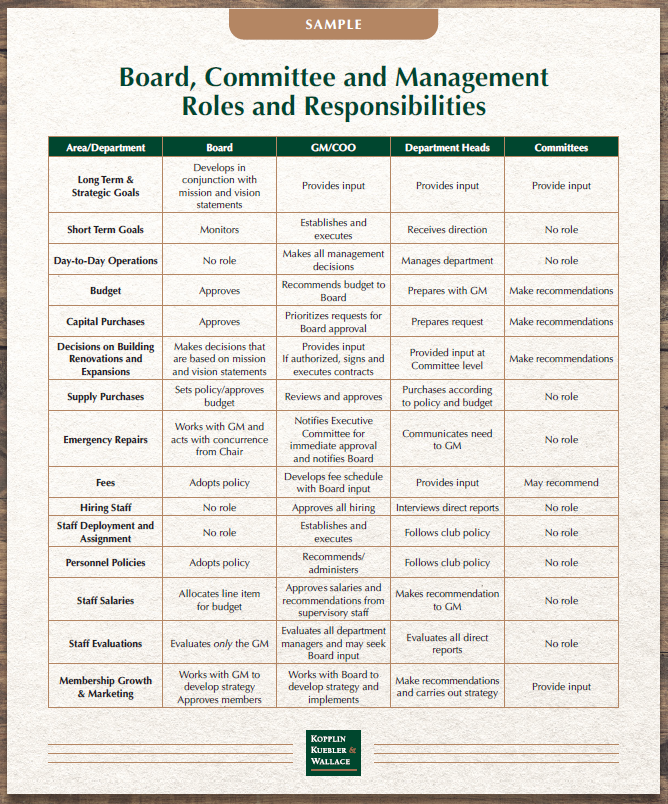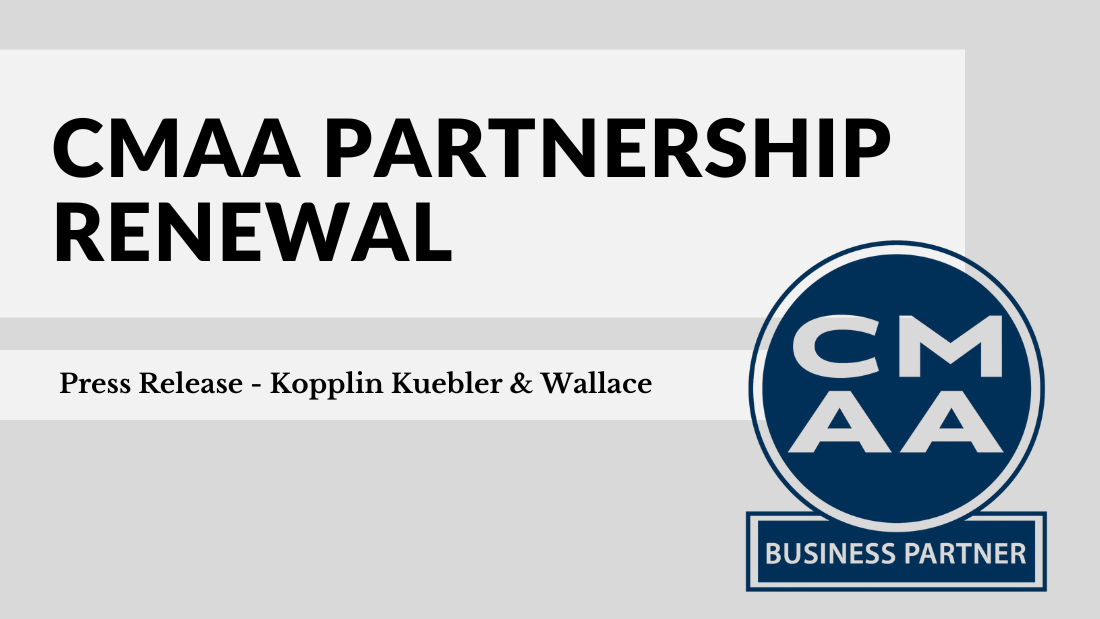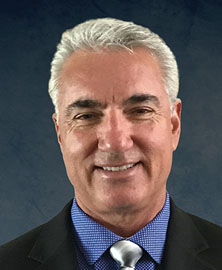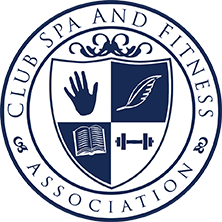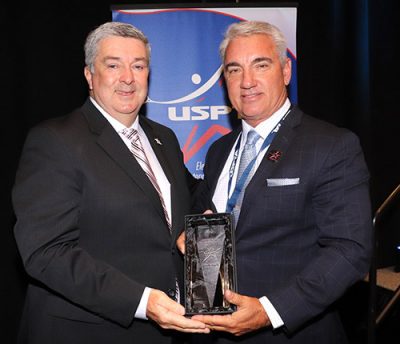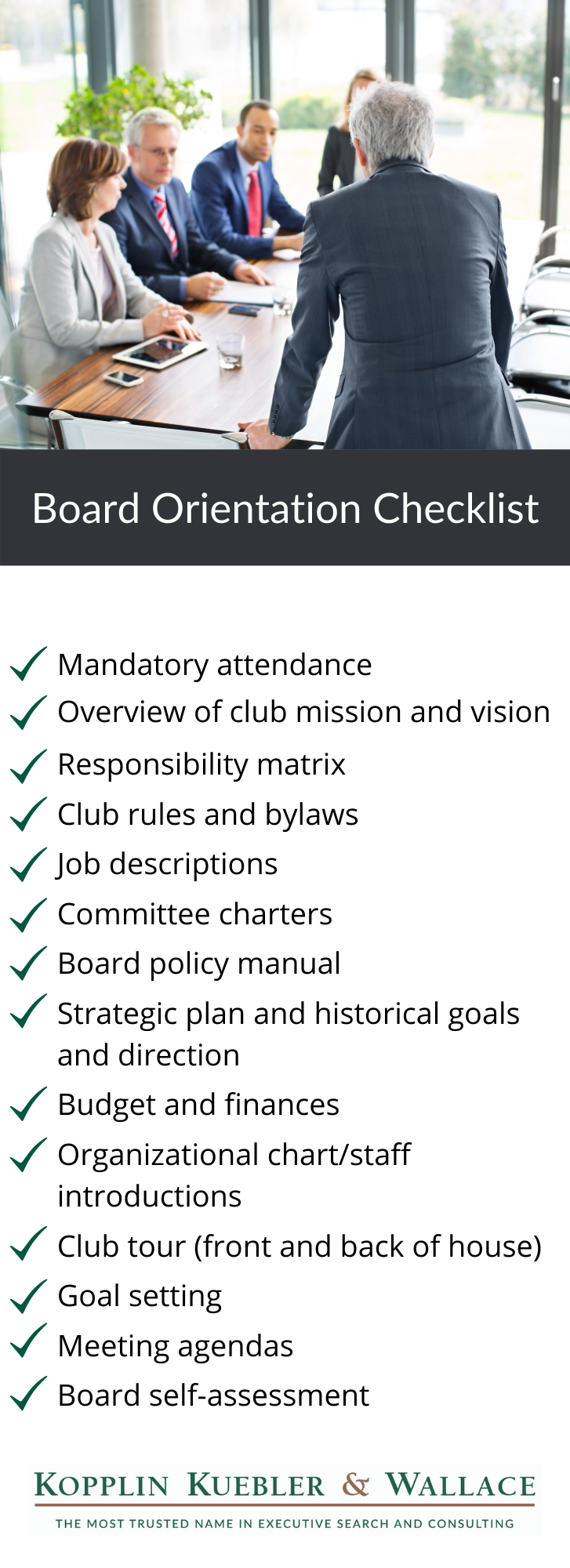Evolving Workplaces
What makes for a good culture among the employees at a club, and how do clubs maintain it in the face of a continually changing environment? The COVID-19 pandemic changed many things about society, including the culture of the service and hospitality industries.
Technology and employee benefits certainly play a part in culture, but other elements such as communication, acceptance of employees regardless of appearance, and adapting schedules have become even more important.
Culture often starts with good communication. Staying connected with employees during the pandemic by updating them, conducting wellness checks, and engaging with them regularly was greatly appreciated, says Lawrence McFadden, CMC. Now that level of communication is expected, especially as employees return to work and evaluate if the organizations they work for still uphold these values.
“During a recent visit to a club, we inquired about the frequency of their notice board updates,” says Annette Whittley, Search & Consulting Executive at KOPPLIN KUEBLER & WALLACE. “A young assistant manager responded innocently, stating that there was no need for a notice board as all information could be conveyed through messaging apps such as WhatsApp, Teams, or text message.”
This remark illustrates the importance of communicating with our teams in the manner that suits them best, she continues. “Many of our clients use all three of these methods, and it is crucial to establish clarity on what information should be shared through which platform to avoid overwhelming them. We recommend setting clear expectations with your leadership and team on what topics should be discussed in person, through text, or on an app like Teams.”




